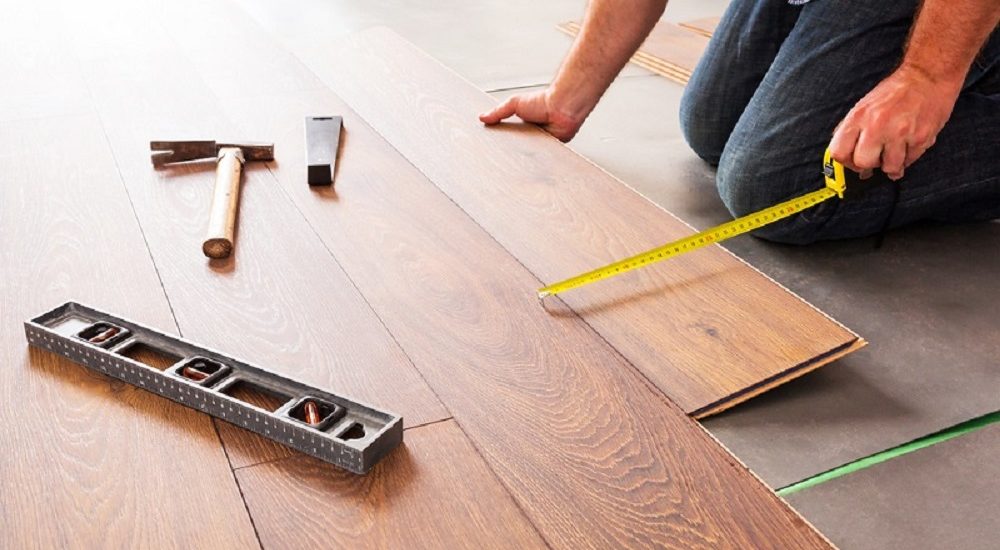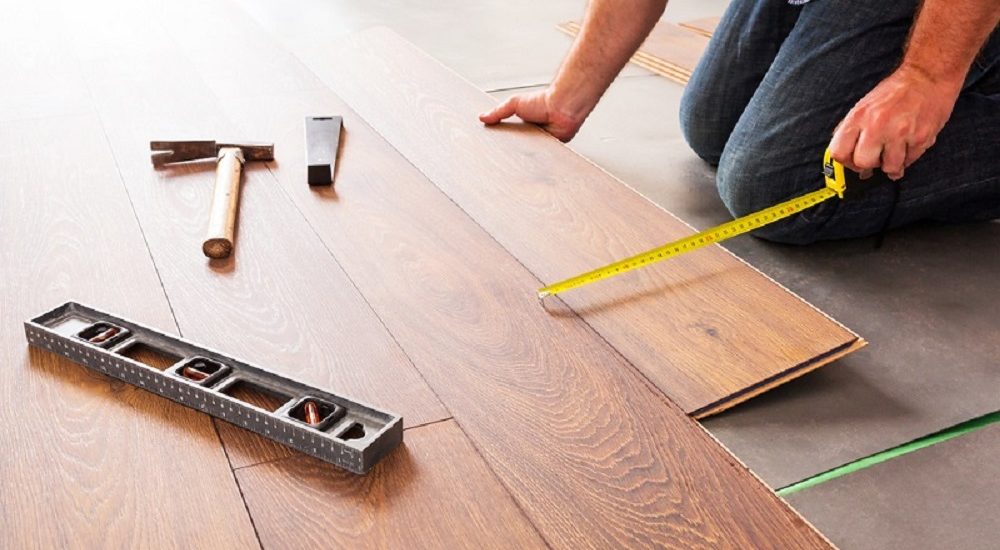If you’re planning to install new flooring for your home, you should know the common flooring installation mistakes to avoid so you can make sure that they will last longer. Apart from that, avoiding flooring installation mistakes will make your flooring looks great and comfortable underfoot. Proper flooring installation will also increase the value of your home. DIY installation of many types of wood floors is possible, however, homeowners are likely to encounter a number of flooring installation mistakes during the process.
What Are The Common Flooring Installation Mistakes to Avoid?

Find out how to avoid the most common flooring installation mistakes and how to choose the right wood flooring for your home.
1. Subfloors Are Not Prepared
Your subfloor's condition will have a direct effect on the quality of your hardwood floors. Hence, it is one common flooring installation mistake to avoid because a poorly prepared subfloor can result in a variety of problems, including loose boards and loud creaking sounds. As a result of these issues, you may need to replace certain wood planks or deal with cracked or warped flooring over time.
When you are installing the new wood flooring, do not rush the process of preparing your subfloors. Subfloors play an important role in determining how long your wood floors will remain in good condition in the future.
2. Moisture Levels Not Being Checked
Wood flooring is directly affected by humidity. The wood planks contract when the conditions are dry. Wood flooring expands when moisture is present. It is more likely that issues will develop over time when the boards are installed at either of these two extremes.
If wood floors are installed during a dry winter, they will be at their thickest and most contracted, but if the weather warms up and becomes more humid, the boards will expand and crack as a result of the increased pressure. In contrast, wood floors that were installed during a humid and warm periods are already expanding. As the weather becomes cooler and dryer during the winter, the flooring contract, leaving homeowners with gaps between them.
Before you install wood flooring, consider moisture levels if you live in a climate with cold, dry winters and hot, humid summers. These problems may not be experienced by homeowners living in milder climates.
3. Lazy Layouts
You should be aware that even if the corners of your home appear to be right angles, your rooms are not likely to be perfectly square. Installing wood floors too quickly may make the planks look odd in certain areas or require odd angles to fit.
It is particularly noticeable if you have a poor layout since wood planks create long lines across your floor. Before you begin the installation process, you should obtain highly accurate measurements of the floors you will cover. Having planned out all your work in advance allows you to identify potential problems before they become a problem.
4. Taking The Bad Racking Route
When it comes to wood flooring, "racking" simply refers to the order in which boards will be installed. Racking a hardwood floor ensures a smooth installation process while also ensuring an attractive appearance once everything has been installed. In the event that you do not rack your wood planks or you rush the process, you may end up with a floor that has a number of joints clustered in one area or a difficult placement of different lengths, grain patterns, or wood tones.
5. Not Enough Nailing
During the installation process, you may think that your boards are securely in place. However, you'll want to make sure that each plank is installed correctly with enough fasteners in order to prevent loose boards from creaking in the future. Ensure that all the pieces are securely fastened together by installing the planks snugly. Additionally, it is important to take your time with the project since haste may cause you to forget to nail each plank in the proper position.
How Can You Avoid These Common Flooring Installation Mistakes?

Although the flooring installation mistakes above are the most common, fortunately, they can also easily be avoided. The following tips will assist you in ensuring that your wood flooring is installed correctly.
1. Allow Wood Floors To Acclimate to the Environment
Before beginning the installation process, allow the wood floors to acclimate for several days in your home. If you wish to avoid experiencing moisture issues in the air, you should install your wood floors in the spring or fall when humidity levels are between the extremes of dry and humid weather.
2. Subfloors Should Be Prepared Properly
Before installing wood flooring, make sure your subfloor is clean, dry, and flat. Additionally, you should ensure that your wood floors are not installed on an inappropriate subfloor such as particleboard.
3. Make Sure You Measure Carefully
It is important to use accurate measurements to ensure that your flooring is laid in a manner that looks the best in your home. Do not place boards in awkward positions, such as those that must be cut very narrow to fit in front of a doorway or staircase.
4. Organize Everything
You can use the racking process to arrange your floors and ensure you are satisfied with their appearance before beginning the installation process. Planks can be moved around to achieve a more pleasing appearance, particularly in highly visible areas such as entryways, stair landings, or fireplace surrounds.
5. Make Sure You Have Enough Fasteners
For each plank, there should be at least two fasteners. It may be necessary to include additional fasteners if the planks are wide.
6. Consider Hiring A Professional
It's best to hire a professional to install your wood flooring if you feel uncertain about this type of DIY project. Even though hiring professionals to install your wood flooring may be more costly, you'll avoid the cost of future repairs if you don't install them properly yourself. It is also a good idea to hire a professional if you have site-finished flooring, nail-down flooring, or a room configuration that is unusual.
Final Thoughts On The Common Flooring Installation Mistakes To Avoid
Learning about the common flooring installation mistakes to avoid will help you successfully complete your home flooring installation project. The installation of wood floors requires considerable effort, so if you feel overwhelmed, do not hesitate to seek professional assistance.
Other flooring blog articles you may want to read:
TIPS ON CHOOSING FLOORING ON A BUDGET
FLOORING INSTALLATION CHECKLIST | WORD OF MOUTH FLOORS
FLOORING DELIVERY GUIDE | WORD OF MOUTH FLOORS
BELLA FLOORING GROUP: A LEGACY OF LIFELONG FLOORING PRODUCTS
